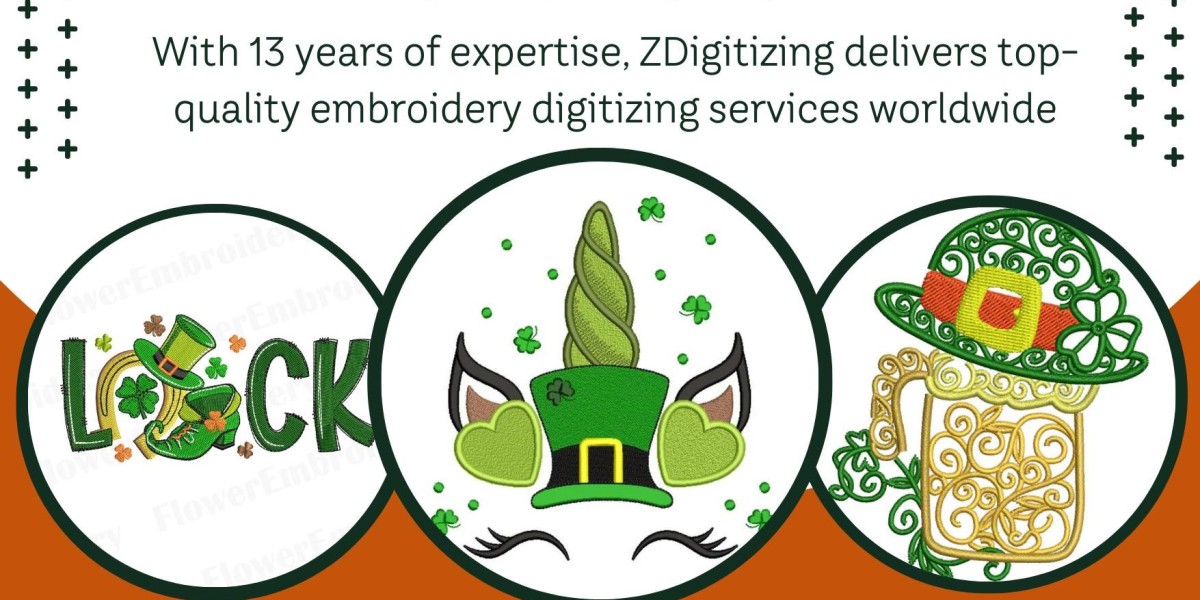In today’s digital age, embroidery has evolved far beyond needles and hoops. The fusion of design software and embroidery machines has given rise to digitizing for embroidery, a process that transforms digital artwork into stitch-ready files.
Whether you're a custom apparel entrepreneur, a craft enthusiast, or a designer wanting to explore a new medium, understanding how digitizing works is key to producing clean, professional-quality embroidery.
What Is Digitizing for Embroidery?
Digitizing for embroidery refers to the process of converting artwork into a digital file format that an embroidery machine can understand. This file tells the machine how to stitch the design, including stitch types, directions, and sequences.
Why Digitizing Matters
Proper digitizing ensures that your design translates accurately onto fabric. Without it, even the most beautiful logo or illustration can end up looking distorted or messy once stitched.
Here’s why digitizing is essential:
- Accuracy: Ensures every stitch lands exactly where it should.
- Detail Preservation: Maintains the integrity of intricate designs.
- Efficiency: Minimizes thread breaks, reduces production time.
- Fabric Adaptation: Adjusts the design for the texture and stretch of different materials.
The Digitizing Process: Step by Step
Digitizing involves a series of thoughtful steps. Here's a quick overview:
Import the Artwork
Begin with a high-resolution image file (JPEG, PNG, SVG, etc.).
Choose Stitch Types
Decide whether to use fill stitches, satin stitches, or run stitches depending on the design elements.
Set Stitch Direction & Density
Control the direction and tightness of stitches to improve visual appeal and durability.
Assign Thread Colors
Choose colors that best represent the original artwork and are available in thread form.
Optimize for Fabric Type
Adjust design elements based on the texture, weight, and stretch of the fabric.
Export to Machine Format
Save the digitized file in formats like DST, PES, EXP, or JEF based on the embroidery machine brand.
Popular Embroidery Digitizing Software
Several tools can help streamline the digitizing process. Here are some commonly used ones:
- Wilcom: Professional-grade with extensive features.
- Hatch: User-friendly and great for beginners.
- Embird: Versatile and modular software.
- Brother PE-Design: Ideal for Brother embroidery machines.
Each of these offers different levels of customization, stitch control, and automation.
Key Tips for Better Digitizing
Want to get the most out of your digitizing process? Keep these tips in mind:
- Start with Clean Artwork: Simplified, high-resolution designs digitize more accurately.
- Use Fewer Small Details: Tiny elements may not translate well into stitches.
- Test Your Designs: Always run a sample before full production.
- Consider Fabric Type Early: Adjust stitch types and density depending on material.
Common Mistakes to Avoid
- Auto-Digitizing Without Editing: Fully automatic digitizing tools often miss critical details.
- Ignoring Fabric Properties: Using the same settings for all fabrics leads to puckering or distortion.
- Overusing Satin Stitches: Satin stitches look great, but can become bulky on large designs.
Conclusion: Why Digitizing Is Worth Learning
Digitizing for embroidery is a powerful skill that unlocks creative freedom and professional-grade results. While it may seem complex at first, mastering the process can save you time, money, and frustration in the long run.
Whether you’re digitizing in-house or outsourcing to a professional, having a basic understanding of how it works ensures your designs come out exactly as envisioned, vibrant, clean, and ready to impress.


